It seems a simple concept – to have your line of sight intersect the theoretical projected bullet path at a specific distance to hit your intended target. Easy to say, not so easy to do. Trying to introduce yourself to this subject can be like taking a drink from a firehose. I will attempt to get you headed in the right direction with a few helpful resources to sip without drowning, on this topic of getting started in precision rifle shooting.
Sponsored by Ruger
Defining Long Range
One of the best basic descriptions of long-range shooting comes from Bryan Litz, founder and president of Applied Ballistics LLC. He defines long range shooting in this way: “Where you need to make significant adjustments to your zero to hit a target due to gravity drop and wind deflection.”
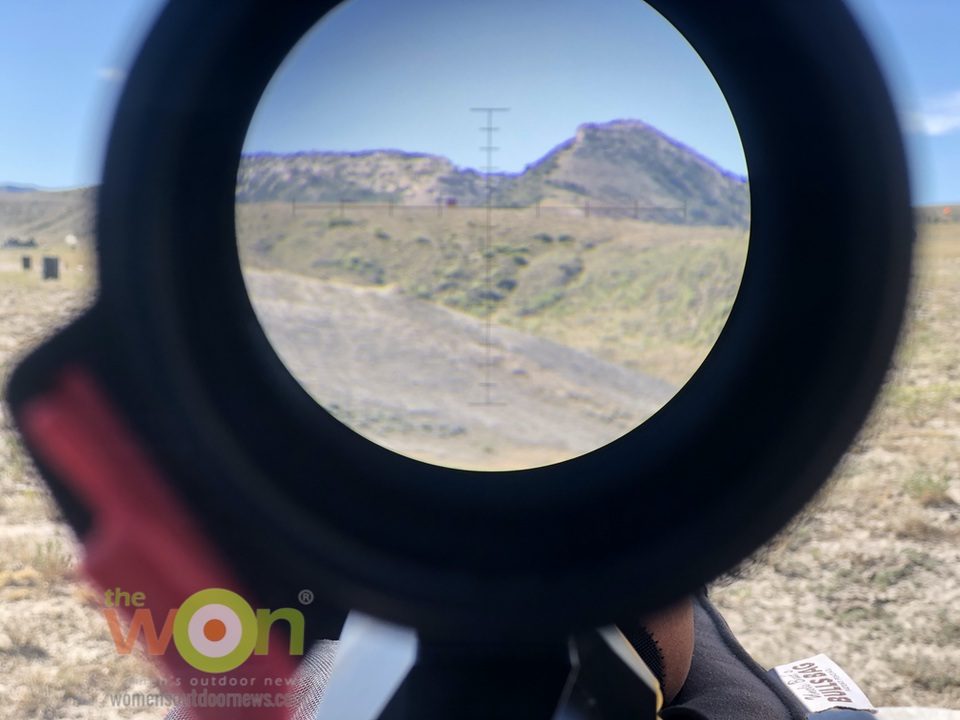
The fundamentals and the science are the same across the board, whether trying to shatter tiny lollipops at 25- to 200-yards with a rimfire, ringing steel from 300 yards out to a mile, or hitting the vitals on a game animal with a centerfire cartridge. All can be accomplished with few basic tools, a few valuable reference books and the willingness to put in the time.
*Disclaimer: l am self-taught and by no means an expert in this field. I have spent more than 20 years as a serious amateur in the study of ballistics and optics comprehension as it pertains to my three main areas of interest in rifle shooting: long-range centerfire, rimfire precision and applying what I learned in those disciplines to my very new introduction as an adult late-onset hunter.
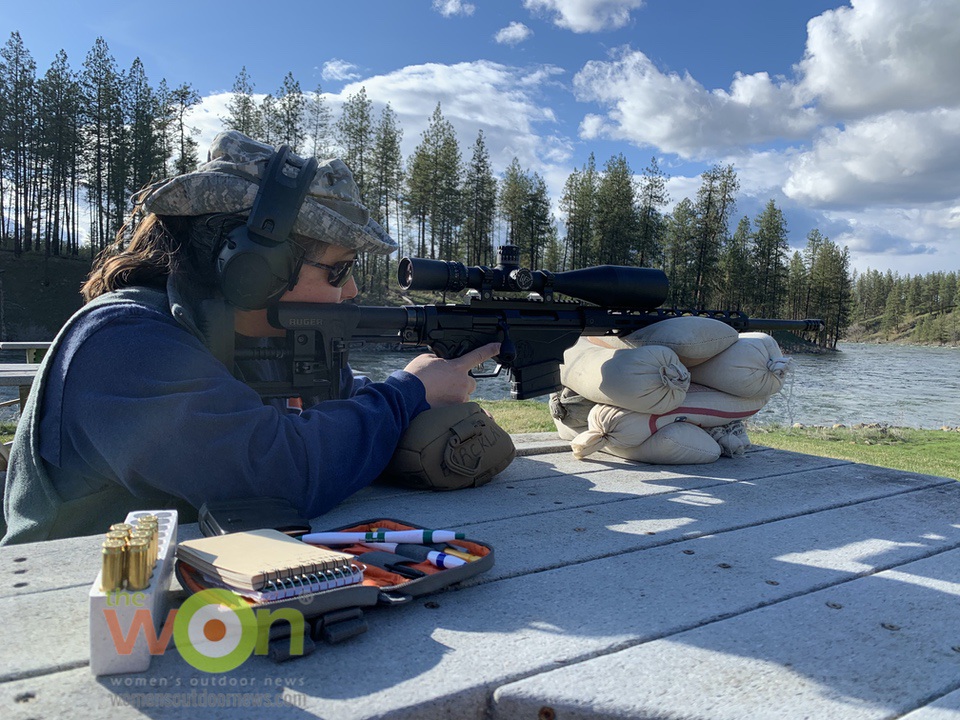
Hitting the Books
A good place to start is “Long Range Shooting Handbook: The Complete Beginner’s Guide to Precision Rifle Shooting,” by Ryan M. Cleckner. In this book, Cleckner breaks components of precision shooting down in an easy to read, very approachable manner. Complete with simple to comprehend illustrations demystifying several complex concepts overwhelming to new rifle shooters, such as minute of angle and milliradians. I refer to this book several times each year as a refresher, or when I am mentoring new rifle shooters. It has a few sections devoted to ballistics, but this is more of a step-by-step instruction manual to get you started. It is written for beginner rifle shooters, yet anyone with interest in rifle shooting, no matter how long you have been shooting, could find this book a valuable resource.
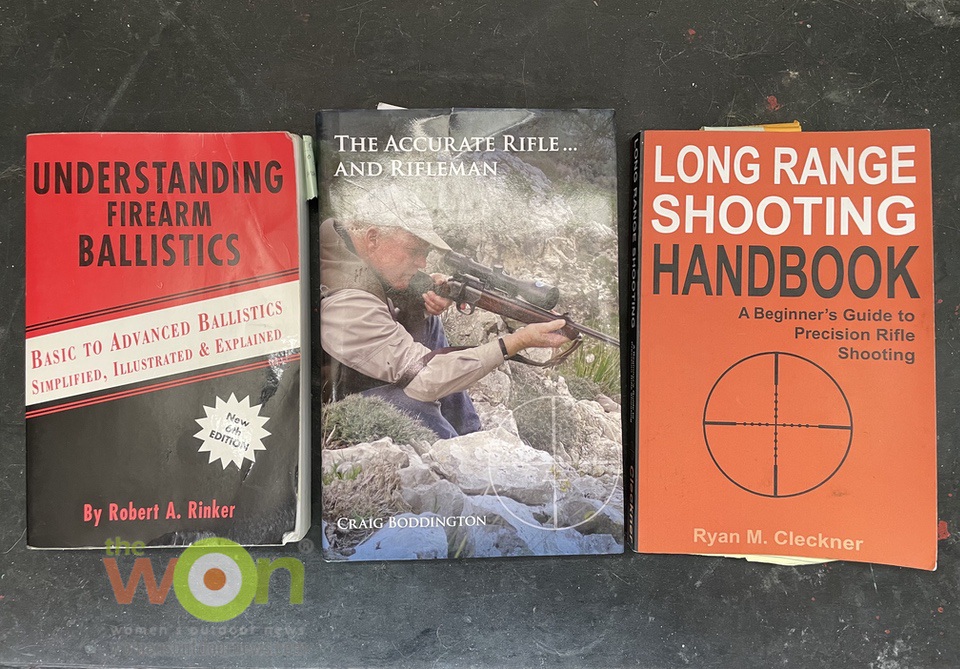
There are of scores of books written about ballistics. One I refer to quite often is “Understanding Firearms Ballistics,” by Robert A. Rinker. This is a comprehensive reference book. This book covers anything and everything you desire to know about ballistics from the ground up – internal, external, atmospheric effects, spin drift, ballistic coefficients, wind and so much more. Developing an understanding of what is happening to your projectile inside your firearm and once it leaves the barrel can help answer many questions when it comes time to apply the knowledge at the range.
Another book I found extremely helpful when I made the decision to learn to hunt is “The Accurate Rifle … and Rifleman,” by Craig Boddington. Boddington has decades of experience as a hunter and writer. This book is an in-depth practical application guide to rifle shooting, mostly as it pertains to hunting. I – never having hit targets other than paper, steel and explosives – found this book to be an excellent resource guide as I transitioned to a first time hunter a few short years ago.
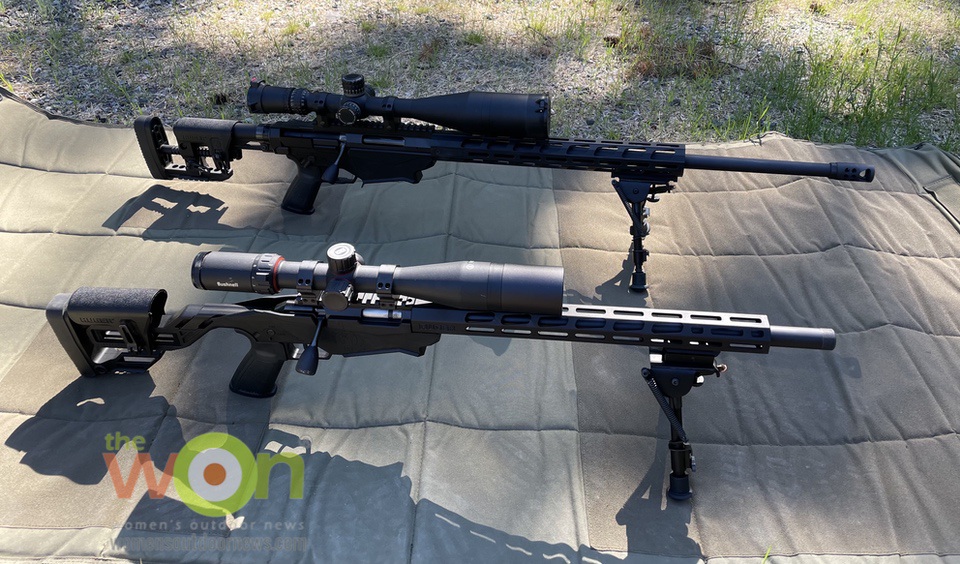
The OUCH Factor – Choosing a Scope
Explaining the technical components of optics could be a book all on its own. Choosing an optic in today’s world is a mind-numbing task. Technology has catapulted reticles from the very simple duplex of two crossed wires to laser etched, illuminated craziness that looks like a polka dot factory exploded in front of your eyeball. I prefer somewhere in the middle of the two extremes, a simple reticle with both elevation and windage holds appropriate for what the end use will be. The best suggestion I can make is define your purpose, figure out your budget and look at the options. If you cannot find all the features you need with the amount set aside, it is best to be patient, save up the extra bucks and get all the features you require to meet your specific goal. If you are looking into shooting over very long ranges, the scope often will cost as much as, if not more than, the rifle. Buy once, cry once.
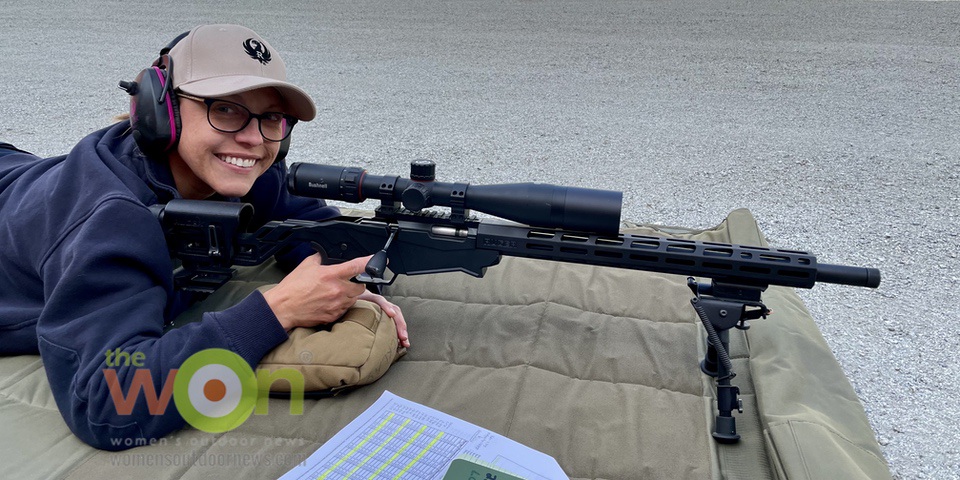
Scopes 101
Scopes are designed in one of two formats, either minute of angle (MOA) or milliradian (MIL or MRAD). Both systems are based on angular measurements of a circle, are used to describe linear size relative to distance, and either will get you where you need to go. You may want to consider who you will be shooting with on a routine basis if you spot for each other; if one person is using MOA and the other MIL, this can add a little more work communicating wind and elevation calls; not impossible, just a little more work. If you are in a competition setting or on a hunt where a shot needs to be taken quickly, it helps to speak the same language without the added step of trying to rush a correct conversion. One system is not more accurate than the other is. The results depend on how well you comprehend and translate the data to make necessary and accurate adjustments, be it reticle holds or dialing in clicks on turrets.

MOA Broken Down
A minute of angle (MOA) is 1/60th of one degree, and moving your point of aim 1 MOA will move your bullet impact about 1.047 inches at 100 yards and 10.47 inches at 1000 yards. Long-range rifle shooters call this a true minute of angle (TMOA). Most of the time this is rounded to one inch at 100 yards or 10 inches at 1000 yards, referred to as shooters minute of angle (SMOA) The latter probably is the most common system known to most rifle shooters, but as you can see, once you start reaching out past 1000 yards leaving off the remaining inches can add up to a miss. For most shots out to 1000 yards, and while learning the system, SMOA works just fine. Reticle reference marks, be they dots or dashes, are broken down into MOA adjustments for elevation and windage holds. Turret adjustments are most often divided into ¼ MOA, with 4 clicks moving the bullet impact one MOA. Some scopes are available in 1/8 MOA per click, taking 8 clicks of the turret to move the intended impact one MOA.

MRAD and MIL
A milliradian is 1/1000th of a radian, and moving your point of aim 1 MIL will move your bullet impact about 100 mm (10 cm) at 100 meters and 1000 mm (100 cm, or 1 m) at 1000 m. Scope turrets calibrated for MIL (or MRAD) usually come in 0.1 MIL per click, taking 10 clicks to move the impact of the bullet 1 MIL. Note that everything breaks down into multiples of 10. As with MOA scopes, you can get MIL scopes with reticles marked for MIL adjustments.
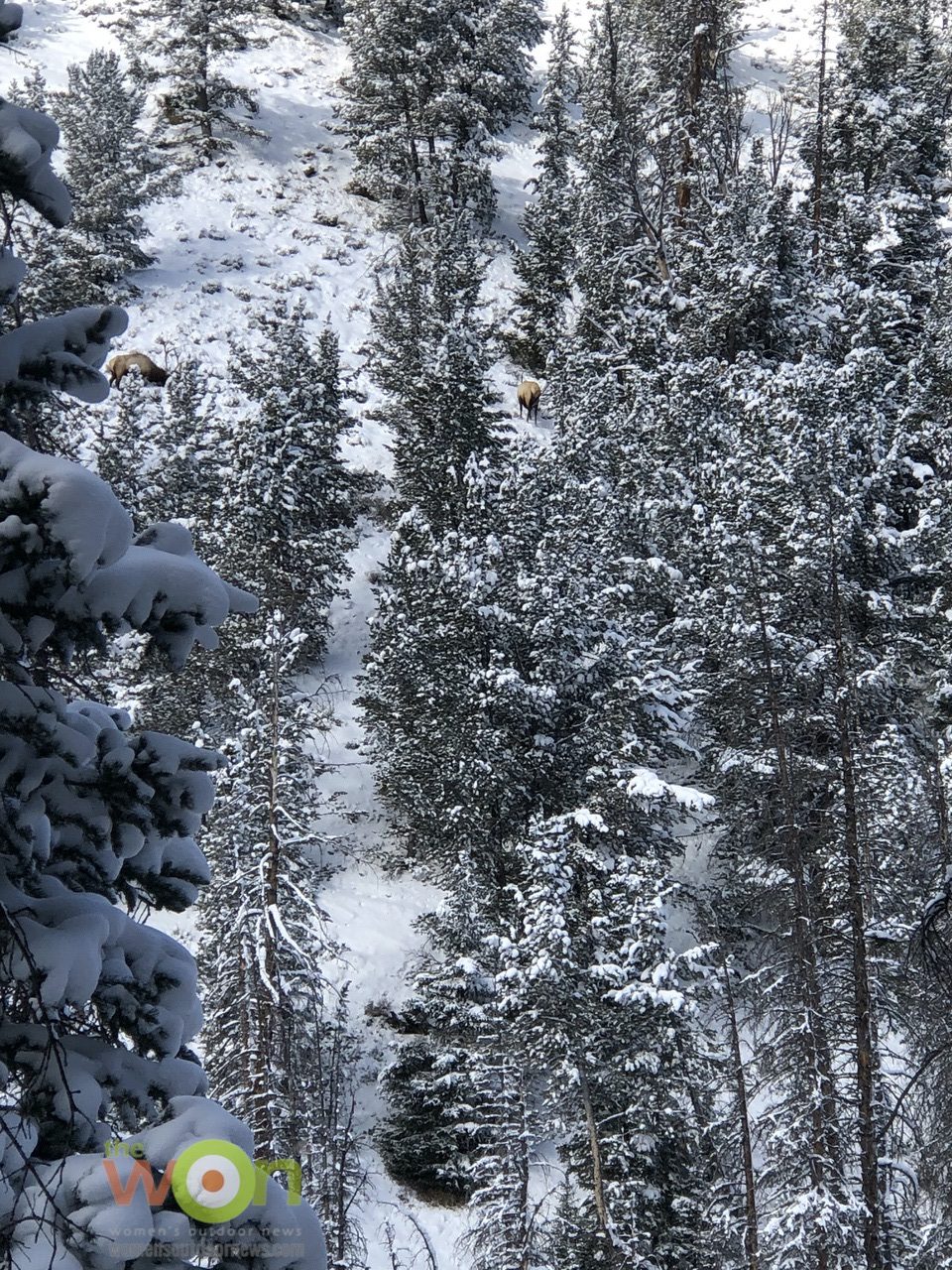
Angles Explained
Skip this paragraph if you don’t want to see how they “made the sausage” when converting arc lengths to straight line measurements for scopes. The term minute of angle is an English unit for angle measurements; a circle has 360 degrees of angle, and since a minute of angle is 1/60th of a degree, if you could adjust your scope enough to sweep your rifle muzzle through a full circle, you would have turned it through 21,600 MOA. Now, a radian is the metric unit for angle measurements; a circle breaks into 2 Pi or about 6.283 radians, so your muzzle sweep through a full circle would turn through about 6,283 milliradians. So, you can see that 1 MIL definitely does not equal 1 MIL. Each system of measurement will work, whether you use the English system (inches, feet, and yards) or the metric system (millimeters, centimeters and meters). Think of it as a language; either system is saying the same thing, just using a different angle unit to say it.
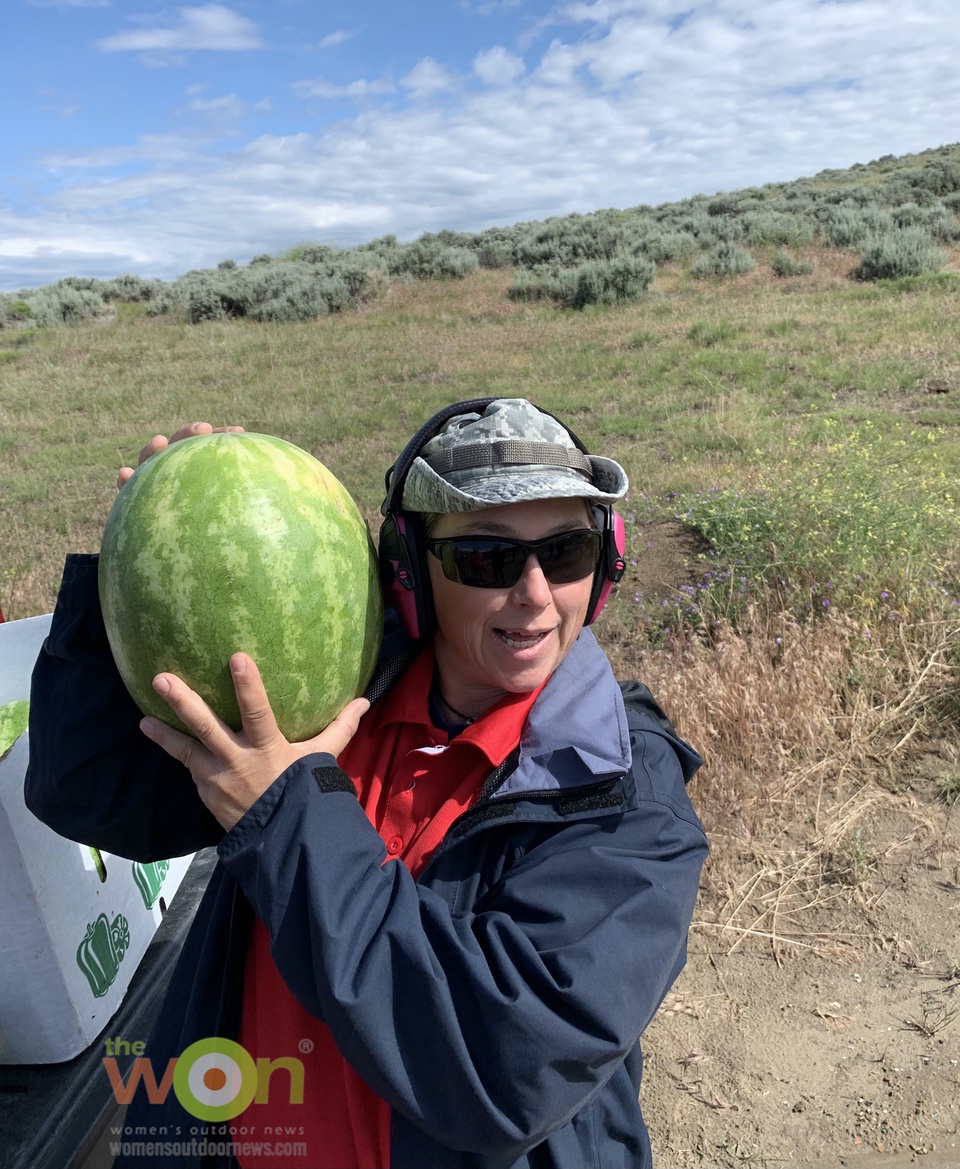
Another Type of Scope Measurement
There is one other type of scope out there worth mentioning, more as a cautionary note. There are scopes with MIL calibrated reticles and MOA calibrated turrets. As if learning one of the systems wasn’t difficult enough combining the two systems of measurements in one optic is very confusing. Unless you really enjoy all the math calculations already ubiquitous in precision shooting, I recommend steering clear of these types of optics if you are new to this. Just be aware they do exist and to do your homework before going shopping. Read the fine print to be sure the reticle and turrets are both calibrated alike to simplify the learning process.
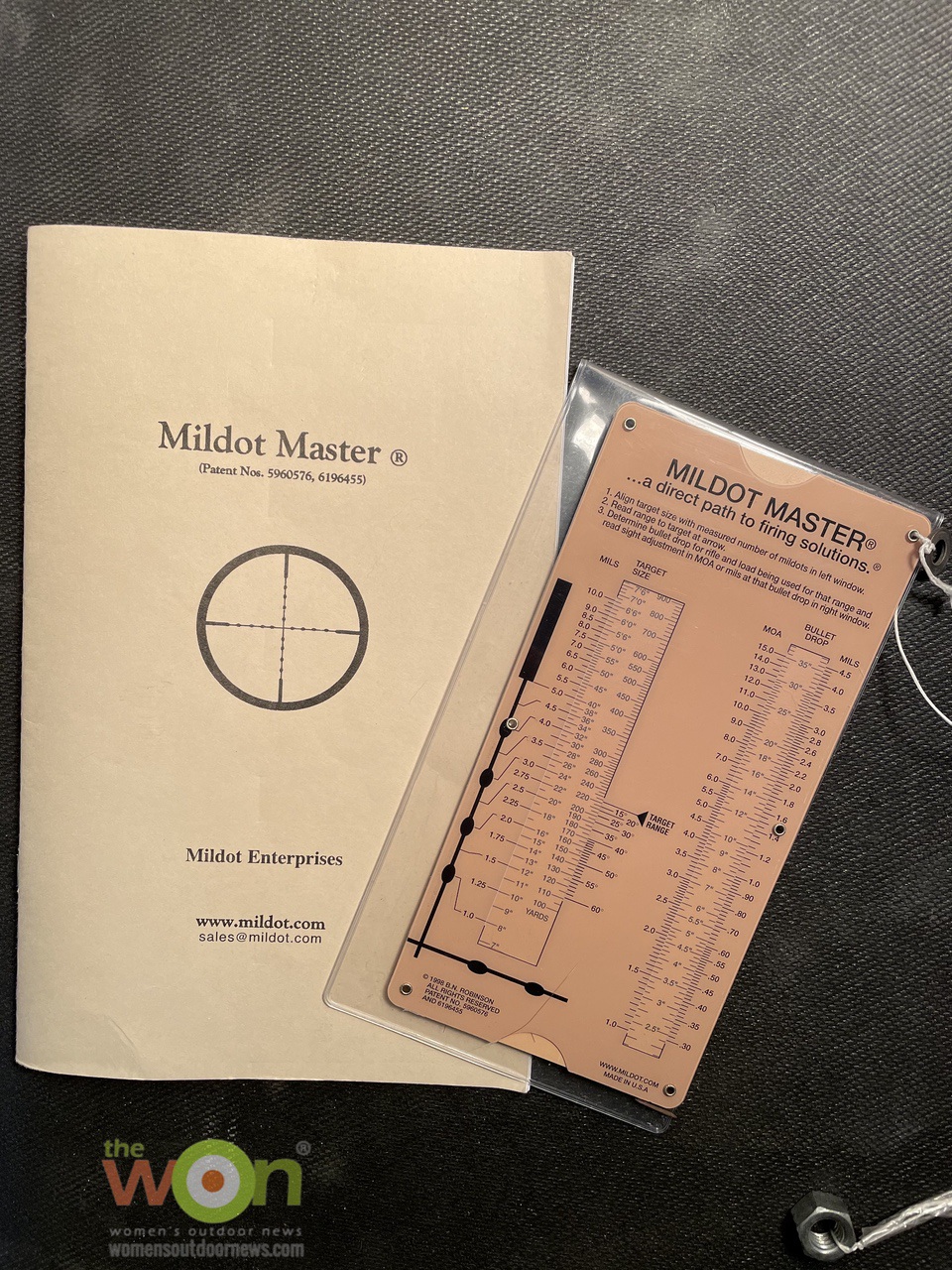
The Mildot Master
The Mildot Master is an analog slide rule to quickly perform numerous calculations and conversions; for example, those times where you may have a MIL scope and your shooting buddy has an MOA scope. This tool teaches reticle ranging for when it’s raining, snowing, foggy, etc., or for when rangefinders do not work, or you need slope corrections, and so much more. The best attribute of this versatile tool is no batteries are required! It is lightweight, weatherproof and to quote the creator of this ingenious invention, the late Mr. Bruce Robinson, “It is so easy to use, a bulldog could use it if he only had thumbs!” This is an essential piece of equipment for any hunting trip or rifle-shooting event I attend. One of the lingering deficits I struggle with, since recovering from a serious traumatic brain injury, is the inability to do math calculations in my head. This tool has been a gateway to bridging the gaps in my cognitive impairments to help make possible returning to my lifelong passion of precision shooting. Retail price for a Mildot Master averages around $30, worth every penny because of the amount of easy to interpret data provided at your fingertips. It is truly a must have tool for any rifle shooter.
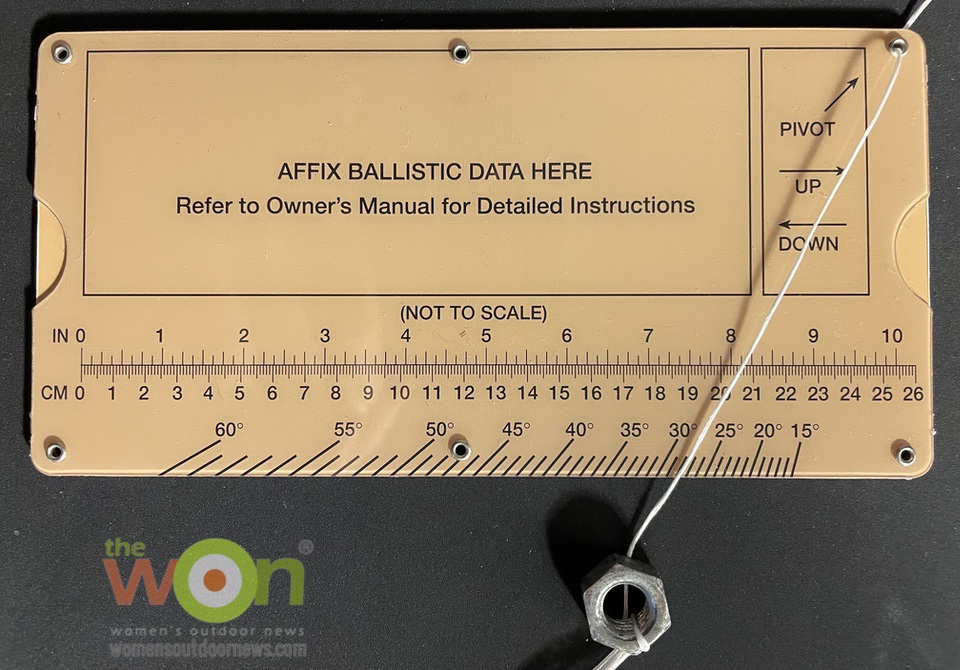
Range Time
One does not need access to a 1000-yard range to learn and practice the fundamentals of precision shooting. Like many people, I do not have access to more than a 300-yard range where I live. I am very fortunate to have a 50-yard range on my own property. With 50- to 200-yards, I shoot the Ruger Precision Rimfire rifle chambered in .22 LR. For centerfire practice, I shoot a Ruger Precision rifle chambered in 6.5 Creedmoor. Both rifles have optics calibrated in MOA and Timney two-stage triggers adjusted with the same weight of pull. This provides for me much consistency in building muscle memory with trigger timing. Shooting targets from 50- to 200-yards with a rimfire provides a similar set of circumstances as if I were taking the 6.5 Creedmoor out to 1000 yards and beyond. Dialing in elevation, correcting for wind holds and compensating for bullet drop with the rimfire use the same fundamental principles as centerfire shooting, except for not needing a mile long range to learn and practice.
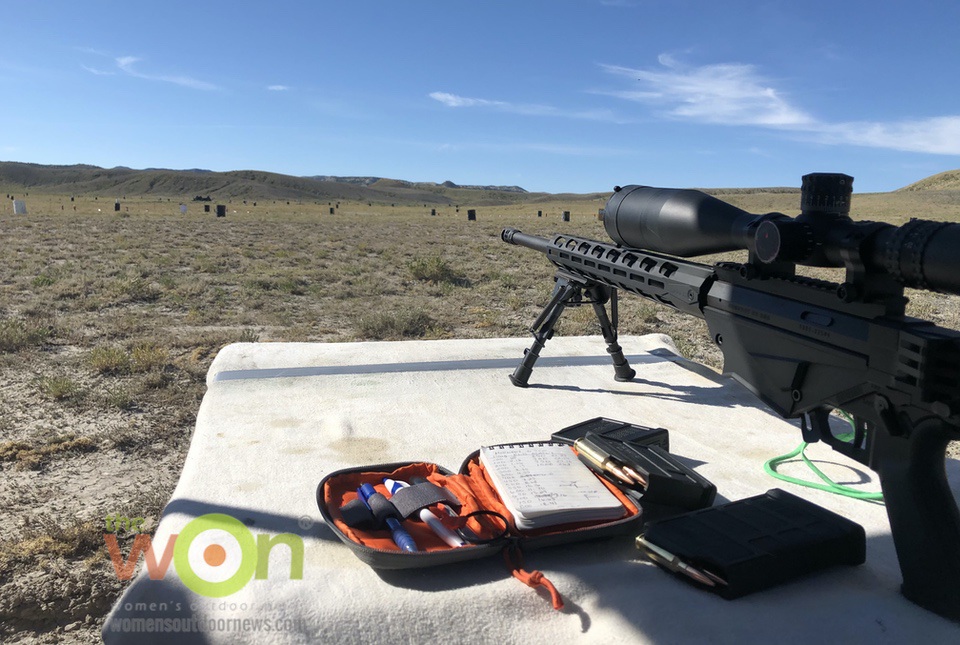
Most Important Factor for Precision Shooting
Absolutely nothing will build your skills as a shooter without putting in time on the range and learning how environmental conditions effect not only the projectile, but also work to test your skills as a shooter. All the digital programs, ballistic fill-in-the-blank calculators, theoretical drop charts, best optic and rifle combinations in the world will not instantly convert you to a precision shooter. The right tools can help get you started, but most of all it is time and work that will get you dialed in, learning your system inside and out. I encourage getting out to the range, shooting in all types of weather conditions.
What may seem like a bad day for dragging yourself to the range makes for an excellent day of training.
I use a combination of newer technology and old: my very basic 20-year-old rangefinder, a chronograph, a Kestrel weather station with ballistics application, the Mildot Master, old-fashioned calculator, ruler, protractor, pencil and waterproof paper logbooks.

**Special thanks to Mrs. Lou Ann Robinson for her time sharing the back story of her late husband Bruce Robinson’s inspiration to develop the Mildot Master, providing the quote and for permission to share his words.
Jen Barcklay is a retired civilian field helicopter mechanic with a lifelong fascination with anything that goes boom. She has been blessed to be able to help others by spending most of the last 20 years involved in firefighting and EMS operations in various locations around the world. She is also a US Army veteran. In 2009, Jen survived a life-changing traumatic brain injury, which she was fortunate to overcome, and has made significant progress in recovery. Since then, she has relearned the ability to shoot, discovered hunting and realized how important an outdoor lifestyle is to aid in healing and rebuilding a new life. Jen enjoys sharing her knowledge with others as an NRA certified rifle instructor. One of her favorite activities is long range rifle shooting. Jen believes every new day is a gift to explore, discover, and learn more. View all posts by Jen Barcklay